Those Days by Mary Oliver
When I think of her I think of the long summer days
she lay in the sun, how she loved the sun, how we
spread our blanket, and friends came, andthe dogs played, and then I would get restless and
get up and go off to the woods
and the fields, and the afternoon wouldsoften gradually and finally I would come
home, through the long shadows, and into the house
where she would bemy glorious welcoming, tan and hungry and ready to tell
the hurtless gossips of the day and how I
listened leisurely while I putaround the room flowers in jars of water—
daisies, butter-and-eggs, and everlasting—
until like our lives they trembled and shimmered
everywhere.
Dear Reader,
May is my favorite month. It also happens to be my birthday month as well as that of my younger son, and of about ten or so other people I know. Of course, I am biased, but I think it is the best month for a birthday. It is the month where, at least here in Minnesota, you can finally say “the warm season is upon us”. Everything is blooming, and people everywhere are starting to get their gardens ready for planting. It is a busy month filled with birthdays, school events, recitals, track meets, exams, and lots of work, but I love it nonetheless. I hope you are enjoying it to the fullest.
Combining my photographs with poetry is something I do quite frequently. Sometimes a poem provides the inspiration for my photography, but sometimes the confluence between the two just occurs, as if by chance. After I created the above image, I came across the poem below it a couple days later - a perfect pairing indeed.
As much as I love pairing images with words, creating diptychs is one of my favorite ways of playing and experimenting with photographs and giving images a new or different meaning. Sometimes I give myself the challenge of randomly picking a variety of images from my archives and then spending some time trying to create diptychs, or triptychs, out of them. The goal is to find visual synergies that will make your images stronger together. The whole process takes time and can certainly be frustrating, but once you find a combination that works, the results are quite satisfying, and the possibilities endless.
The word “diptych” stems from the Greek prefix “di”, which means two, and “ptykhe” which means fold. Originally, it was a word to describe two writing tablets that were combined or “folded” together. Over time, creating diptychs became a popular process for displaying art that works better in combination rather than as standalone pieces.
Here are some simple diptychs I created recently. I like to think of them as short, visual poems.
I am looking forward to teaching a new class with Santa Fe Workshops in September titled “Diptychs, Triptychs and Beyond”. I have taught on creating diptychs several times before as part of other courses, but this will be the first focused, in-depth exploration of various methods and options for combining two or more images.
In October, I will be teaching a workshop for the first time with the Los Angeles Center of Photography. This workshop, titled “Expand Your Vision For Creative Image Making Through The Use of Multiple Exposure”, will explore four different ways to incorporate multiple exposure into your photography, starting with two exposures and going all the way up to ten: Photoshop, in-camera, digital, and analogue.
Recently, The Los Angeles Center of Photography asked me to answer ten questions for an instructor profile they were creating for me. I love reading interviews with other artists and think it is a great way of learning more about someone’s background, and I thought it would be fun to share it with you.
Here are the ten questions and my answers:
What kind of photographer are you?
I am a photo-based artist using various techniques to create conceptual work around themes of connection, belonging, home, and what it means to be human, as well as exploring the experience of grief and loss and the process towards healing and wholeness.
I also write, teach workshops, and have been mentoring students for several years now.
How long have you been shooting?
I have been practicing photography for about 18 years. I have been interested and casually experimenting with photography and other art forms since I was a teenager but didn’t pursue photography seriously until much later, following two life-changing events that happened within one year: the death of my brother and the birth of my first son. Initially I began to express myself through self-portraiture and haven’t stopped creating ever since.
Where did you get your training?
I am a completely self-taught photographer.
When did you know you wanted to devote your life to photography?
I am not sure if there was a particular moment, but shortly after I started taking photographs, I knew this was something I wanted to do for the rest of my life. It differed greatly from my career and things that I had done or tried before. Creating became an urge from deep within that has never left me.
Did you ever come close to giving up?
Many times. Being a photographer, like any artist, comes with many challenges. The competition is fierce, and making a living from it is rare. You have to be able to embrace uncertainty, vulnerability and rejection, and when you get stuck in a creative rut, you have to overcome the nagging self doubt. But, this is who I am, and deep down I know that what I do is what I am meant to do. I keep going.
Have you sacrificed anything by being a photographer?
I am sure I have, but it doesn’t seem like a sacrifice to me compared to what I have gained. But if I had to mention one thing, the lack of stability and security is something that can be quite exhausting. And there are many aspects of being a photographer that have nothing to do with creativity, but I don’t think that’s a sacrifice. I think that’s part of life and any career you pursue. Being a photographer might be your passion, but at the end of the day, it takes hard work, commitment, discipline, and within that sacrifice like everything else.
What have you gained by being a photographer?
So much, but most importantly, pursuing photography has given me a kind of joy, purpose, and fulfillment I didn’t know before. I have gained confidence and much more security within myself and in who I am, and I have gained many friends and made connections all over the world.
8. What classes do you teach at LACP?
I teach a class on the limitless possibilities and various approaches of using multiple exposure in photography titled “Expand Your Vision For Creative Image Making Through The Use Of Multiple Exposure”.
9. What do you love most about teaching?
Creating connection and helping other artists in developing their vision. I didn’t think it would be at first, but teaching has honestly become the most rewarding part of my photography career.
10. What advice would you give someone who is thinking about making a career in photography?
Start creating. Be consistent. Don’t give up. Learn as much as you can. Embrace imperfection and failure. Read Rick Rubin’s book “The Creative Act”.
My favorite quote of his:
“Your desire to create must be greater than your fear of it.”
Next week, I will be sharing the second installment of my series “Finding Beauty After Loss”. If you have not read the first part, you can do so here.
As always, thank you so much for reading!





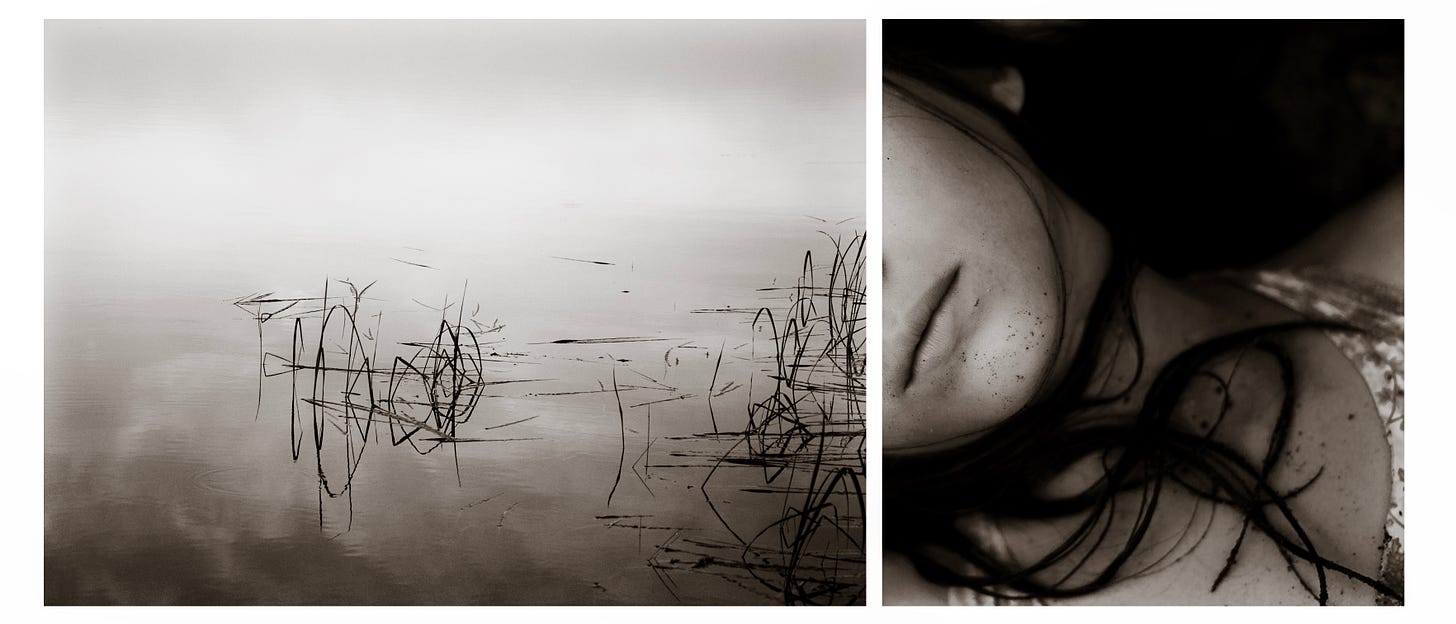
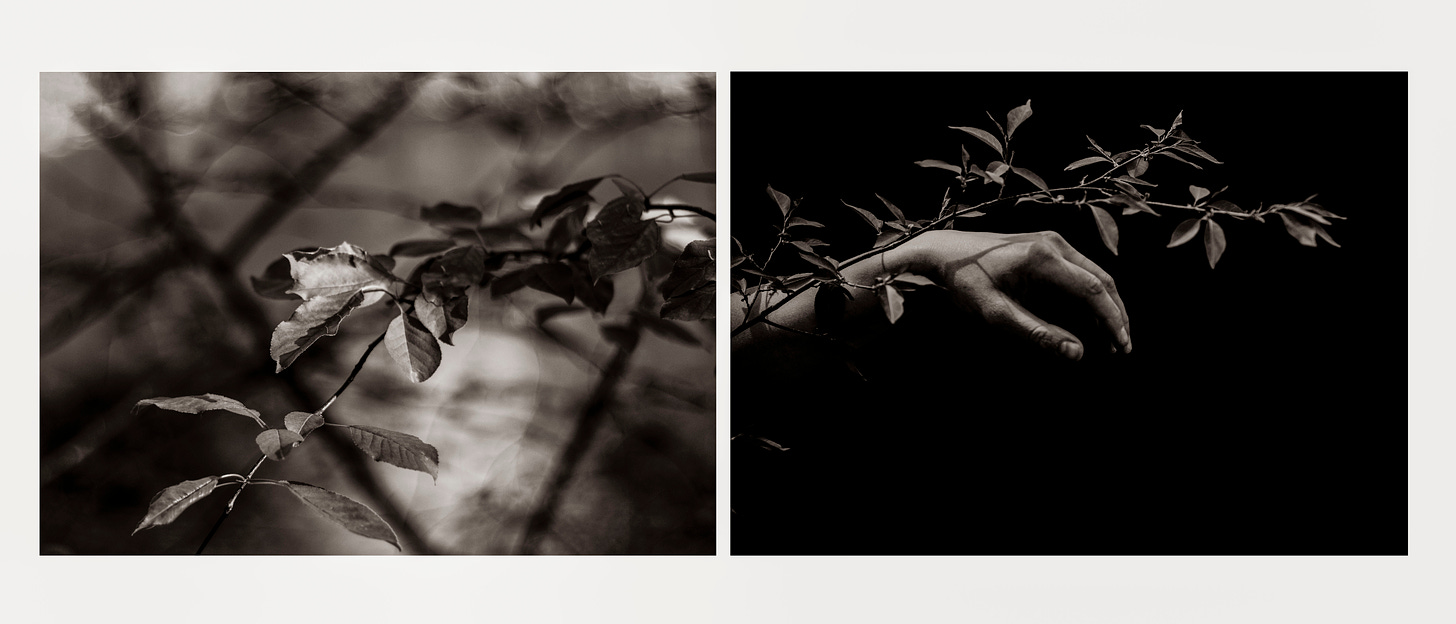
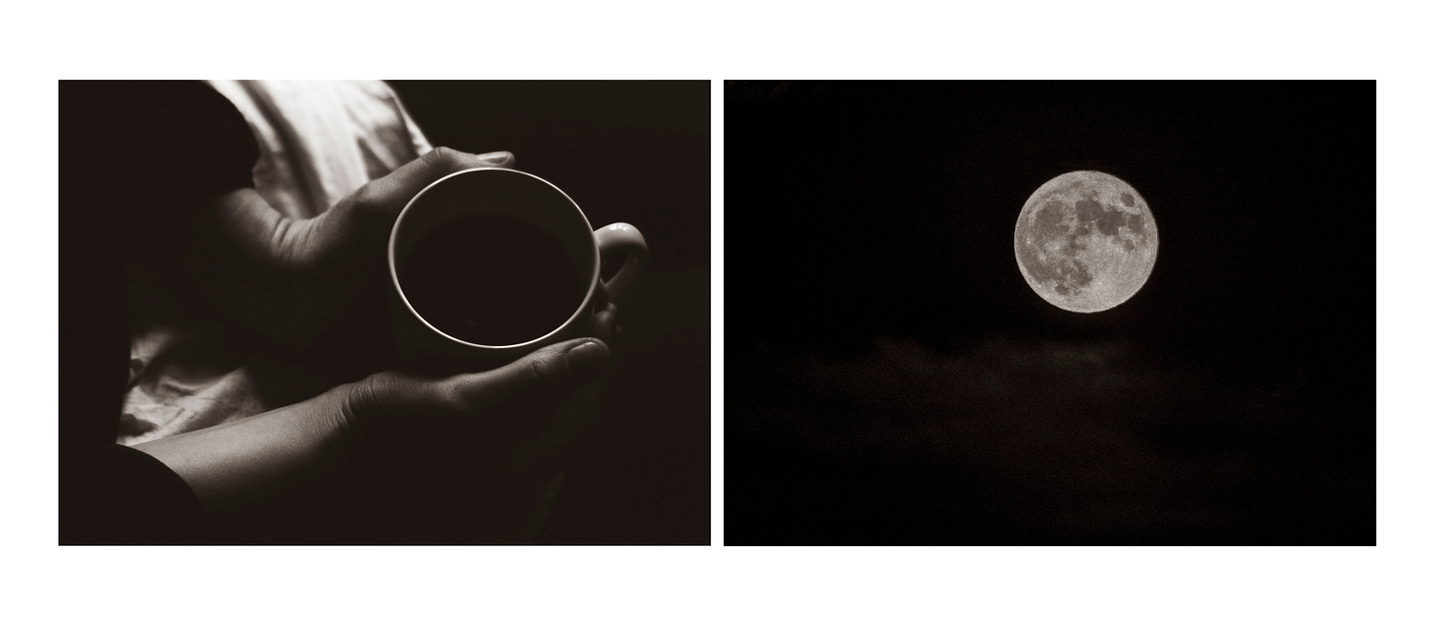
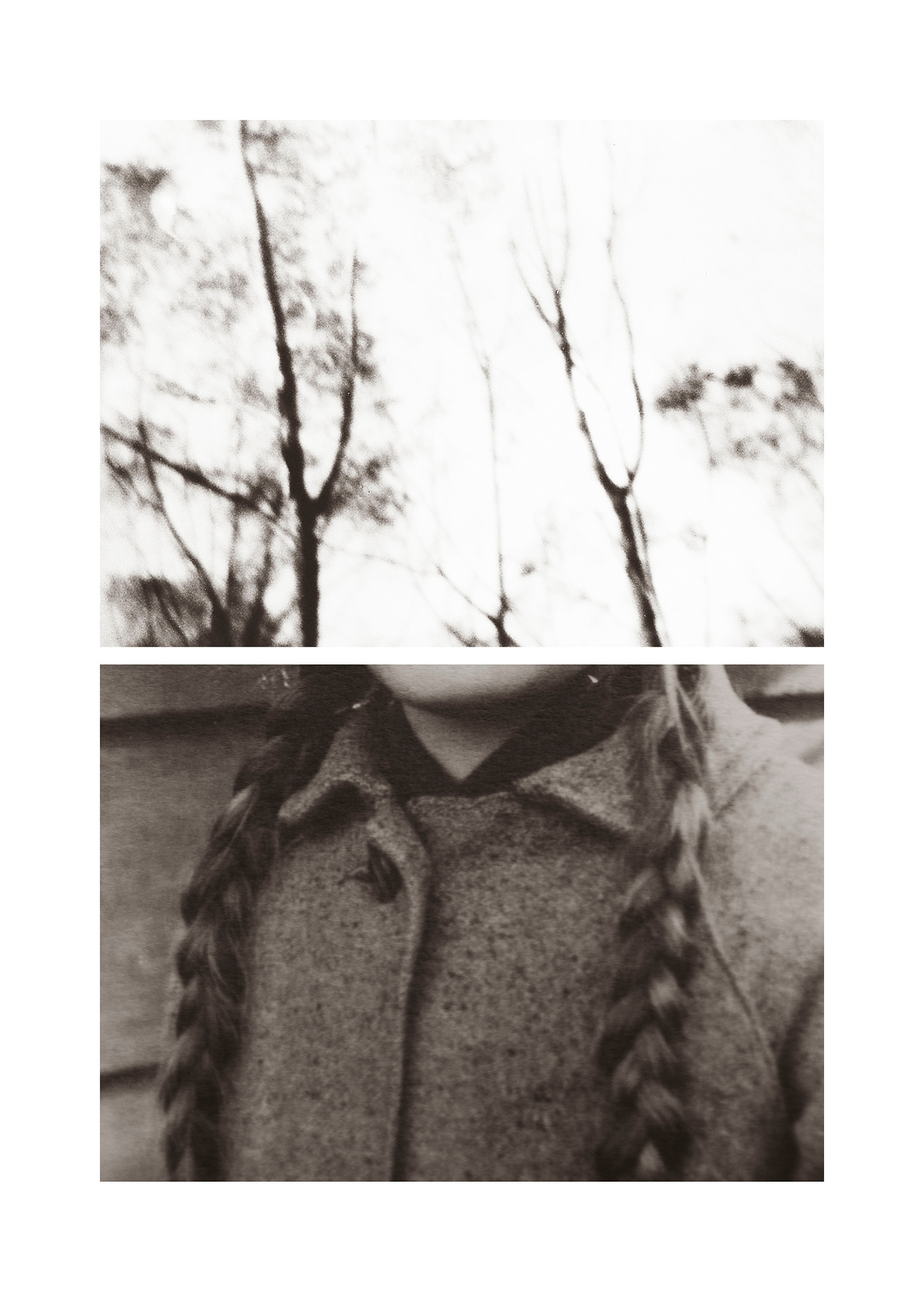
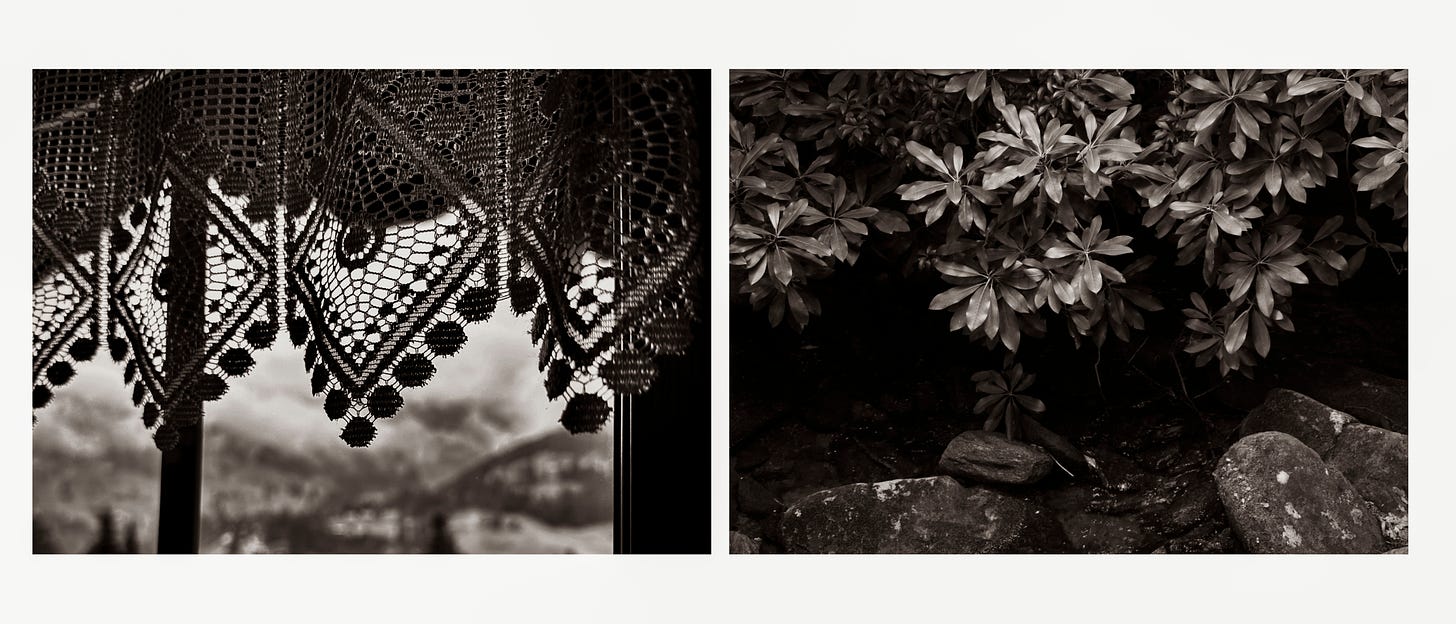
Seeing Circles is my favorite. Lovely. Not sure it needs a title, though. It's perfect as images on their own. All are wonderful, but that one especially.
Stunning diptychs. Making these is an art in itself! Love them!